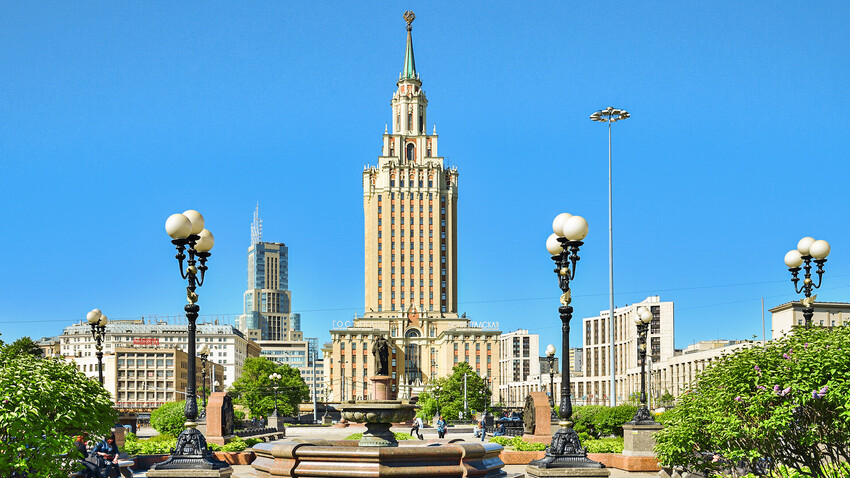
Where: Kalanchevskaya Street, 21/40
Years in construction: 1949-1953
Function: Hotel
The ‘Leningradskaya Hotel’ foundation was laid on the same day as the other Stalin high-rises - September 7,1947, in the midst of the celebration of the 800th anniversary of Moscow’s founding. The active phase of construction began only two years later.
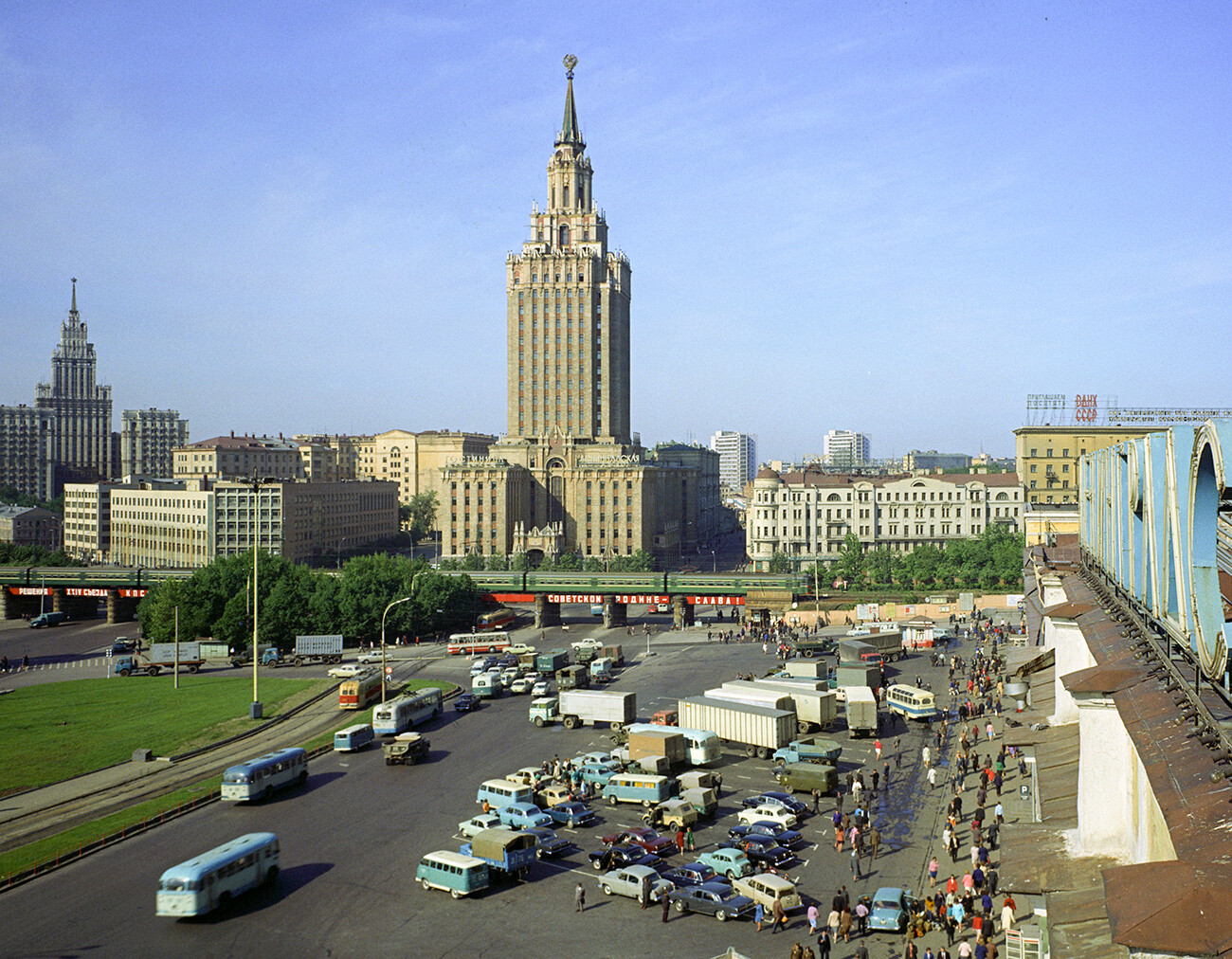
The project’s authors and architects, Leonid Polyakov and Aleksandr Boretsky, spent a while trying to work out the issue of the feeble Moscow soil they were constructing on: underneath the site, there literally flowed two rivers - Rybinka and Chechera. To solve the problem, they decided on using cast iron supports. However, there was still the matter of the building potentially sinking into the ground, due to being too heavy; this led to the decision to make it the least massive of all the Seven Sisters, at 139 meters tall, including the spire.
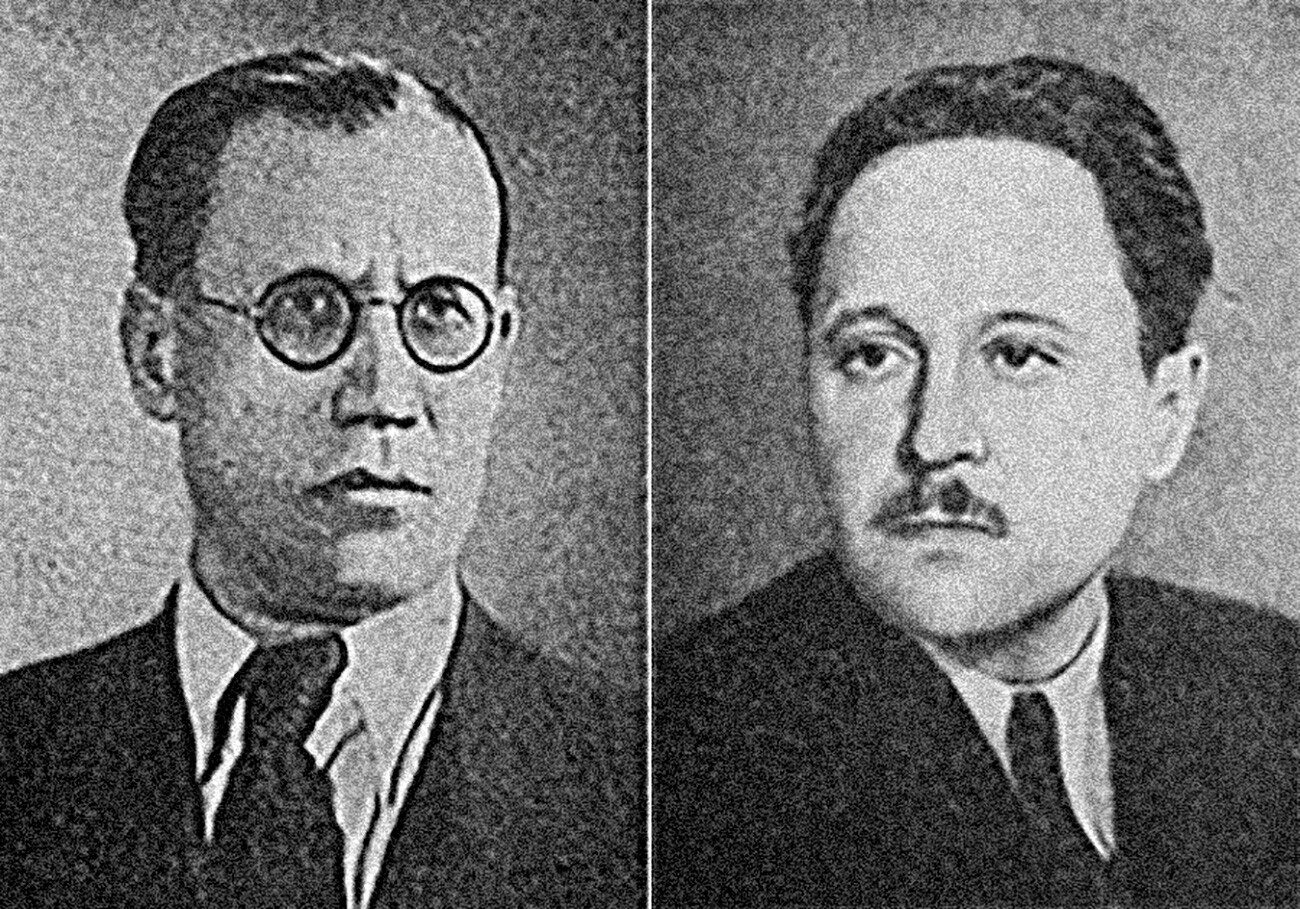
Leonid Polyakov and Aleksandr Boretsky
Public domainThe hotel received its name, due to its proximity with the Leningradsky Railway Station.
It opened its doors in 1953.
Stalin was a big fan of gothic and classical architecture, so wanted Soviet architects and interior designers to combine gothic elegance and baroque chic with the Soviet monumentalism of the day: this mix would later be dubbed the ‘Stalinist Empire’ style - and that’s what architects used in designing all of the ‘Seven Sisters’ buildings in Moscow.
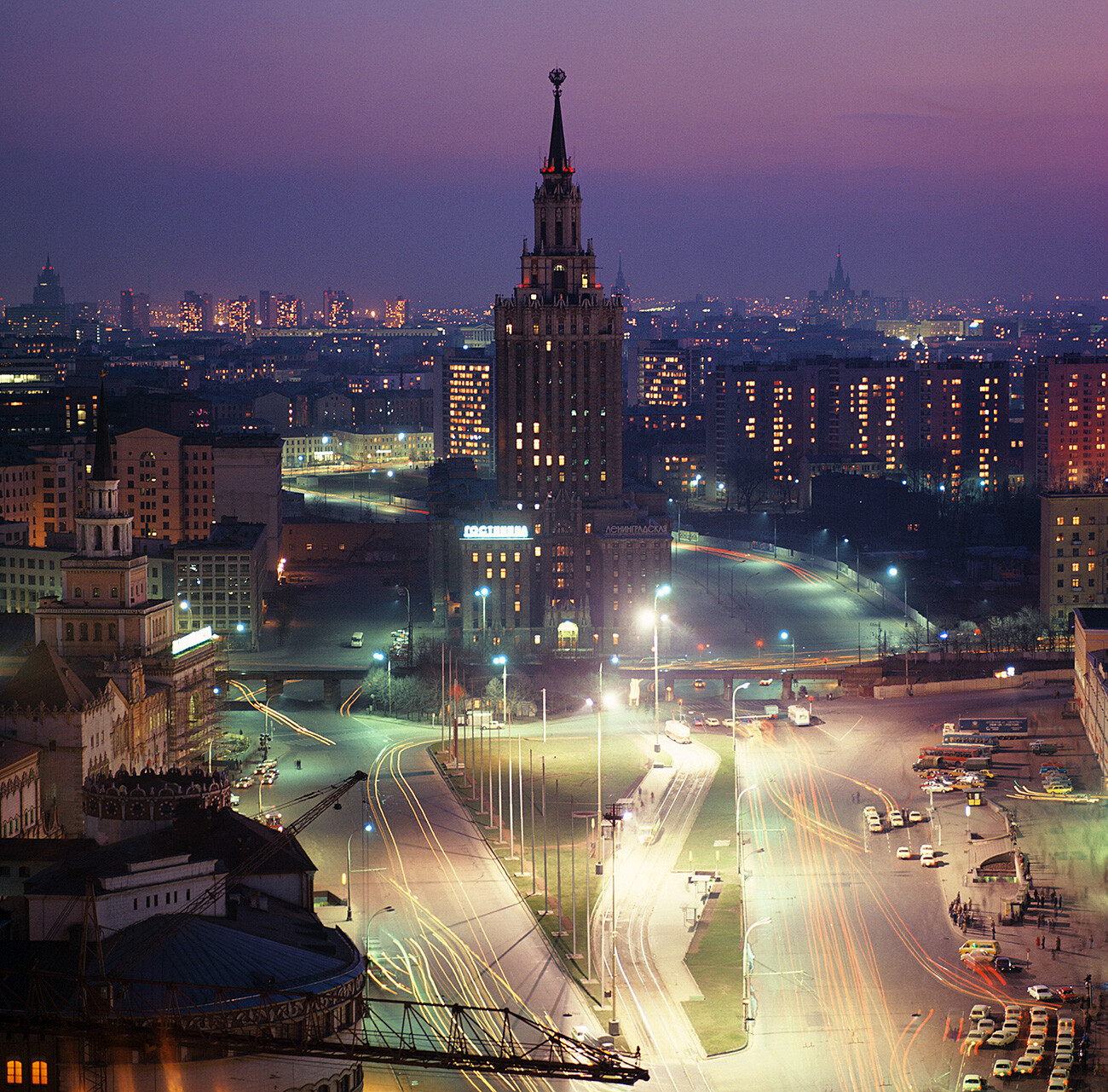
However, ‘Leningradskaya Hotel’ was a little different from its “siblings”. Her interiors were reminiscent of medieval Russian architectural styles: for instance, the vestibule resembles an altar niche; the main entrance resembles a traditional terem front porch; and the red-white-gold wall color scheme, likewise, harks back to Old Russian architecture.
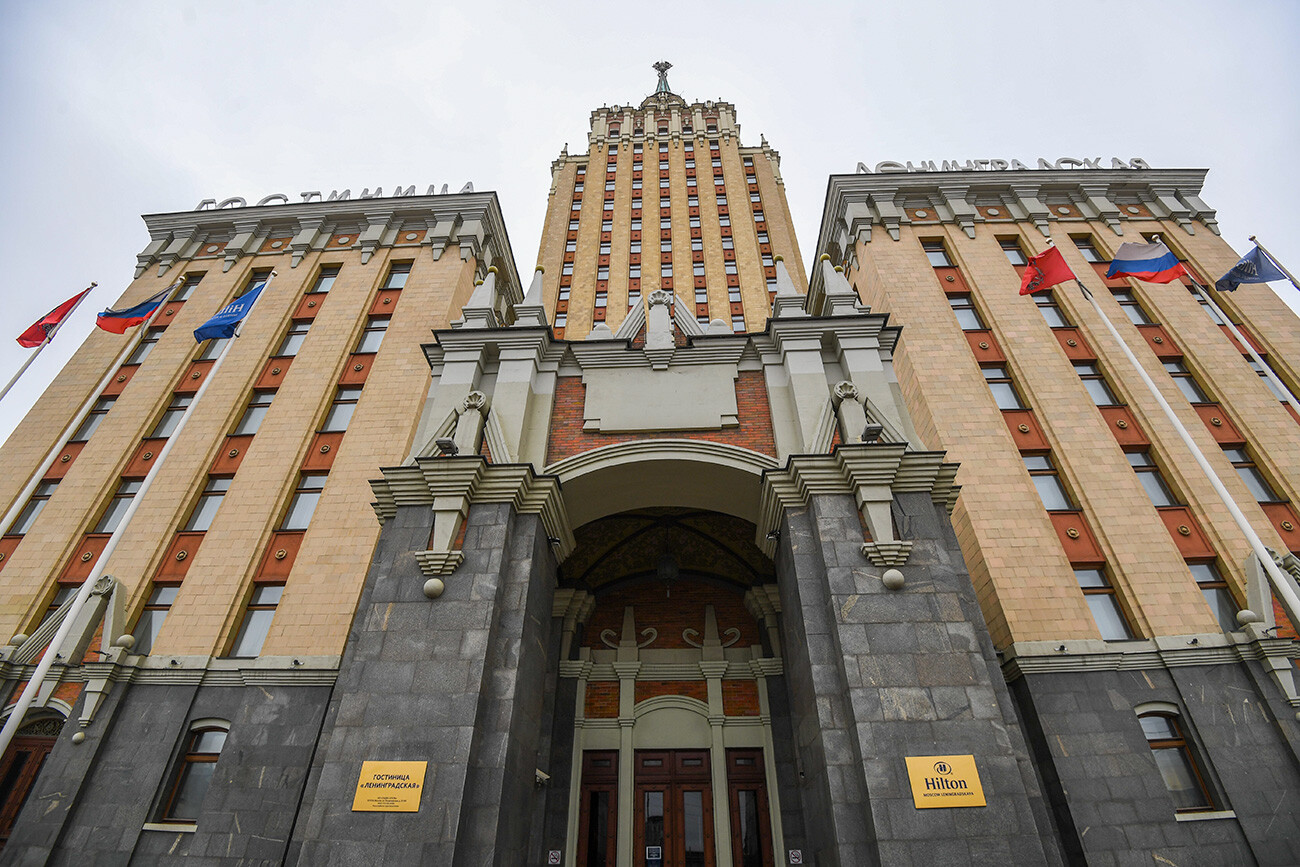
Special attention was paid to chandeliers - they were made in the cathedral style, with a mass of candles and lampides - something that would’ve been witnessed in the pre-Peter era… By the way, one of them, at the right main staircase, reaches 15.5 meters in height and takes up nearly the entire space between the 2nd and 7th floors. At the time of installation, it was the longest in the world and even had the Guinness World Record to prove it.
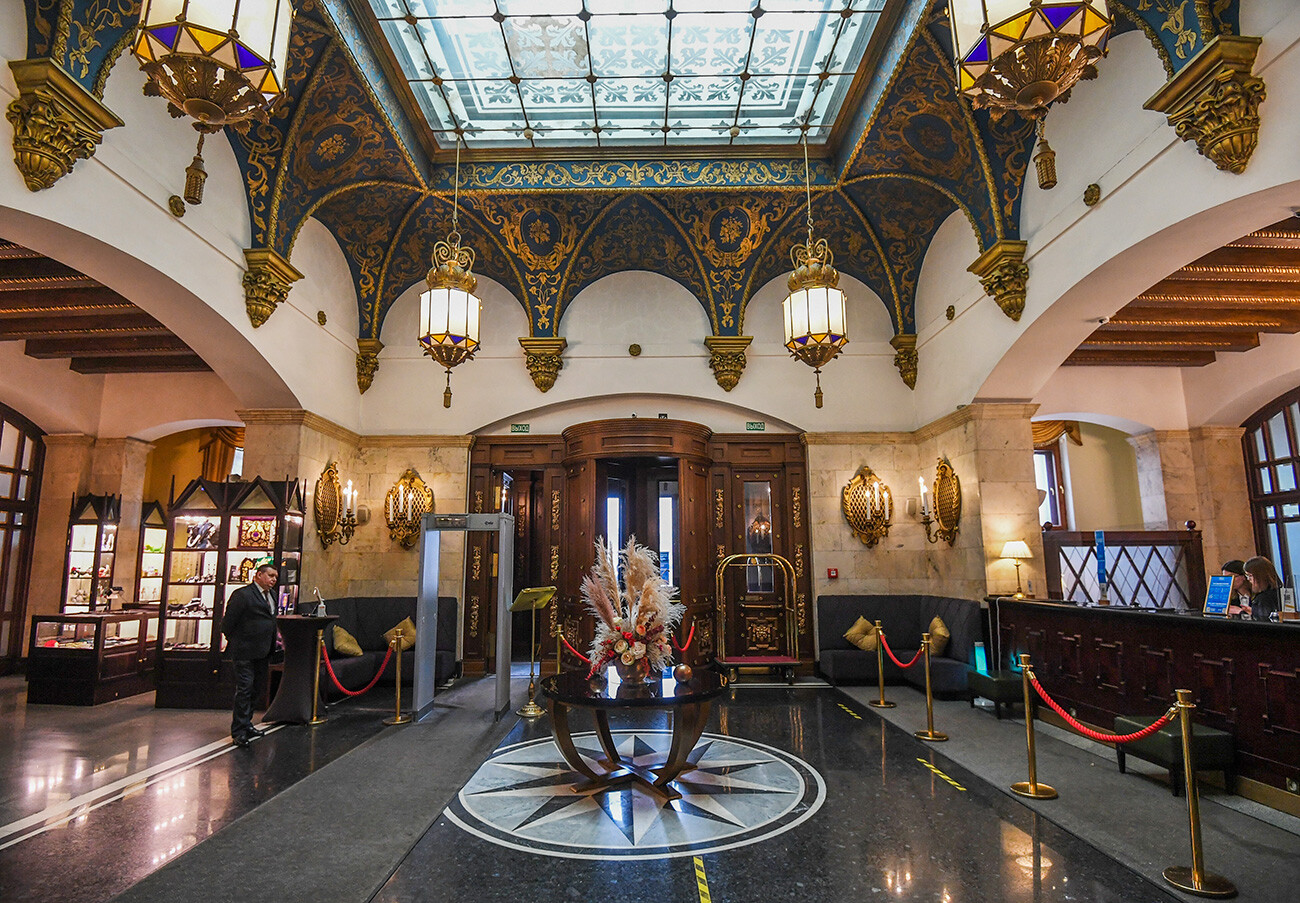
There were initially 349 rooms in the hotel. However, after reconstruction in 2008, the number was reduced to 273. There was central air conditioning in the building (which was a novelty - and luxury - for any building in those days), as well as a genuine bomb shelter, which, like in all the other ‘Seven Sister’ skyscrapers, was never used. The area was eventually turned into a beauty salon and spa center with a large swimming pool.
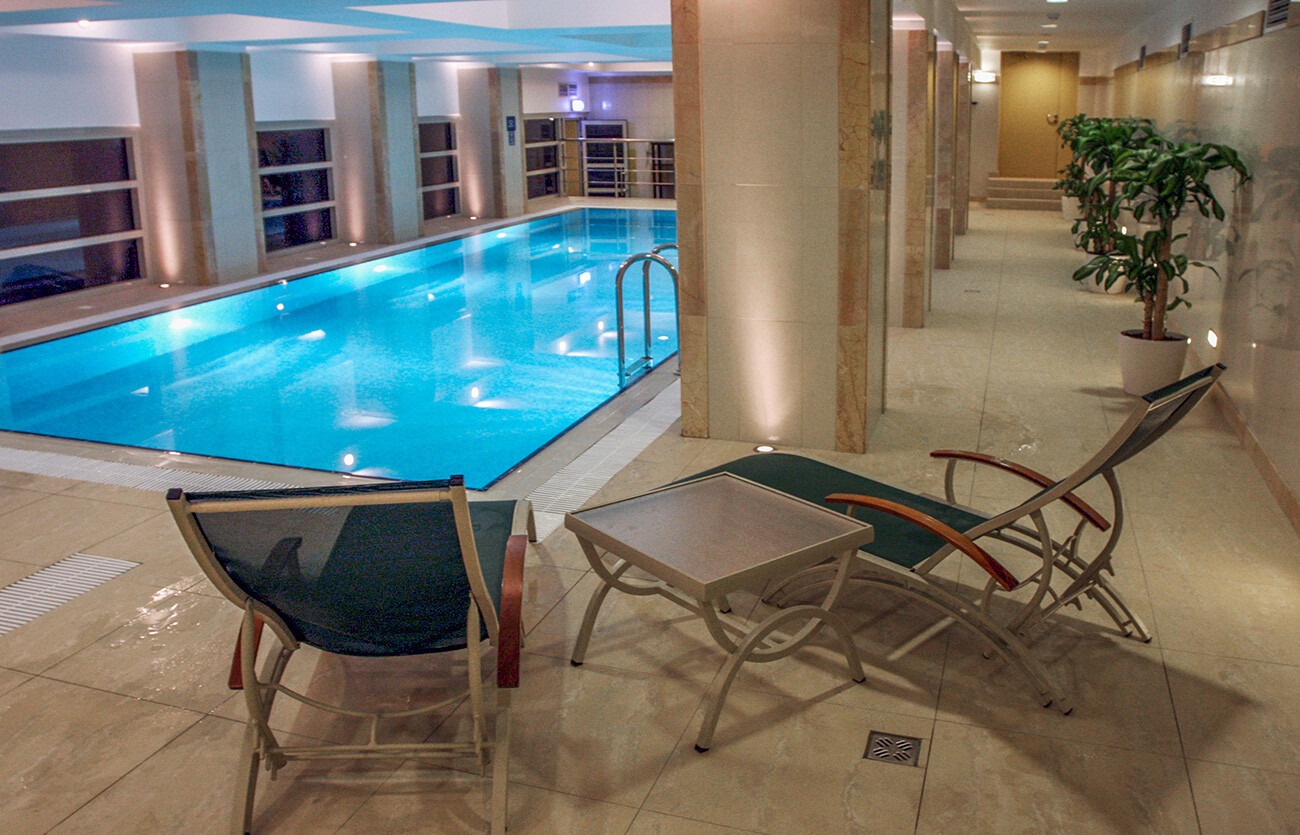
Currently, ‘Hilton Hotels & Resorts’ owns the ‘Leningradskaya’. After shares of the hotel were bought out from the Russian authorities in 2008, monumental work has been done to bring it back to its former glory - both structurally and aesthetically.
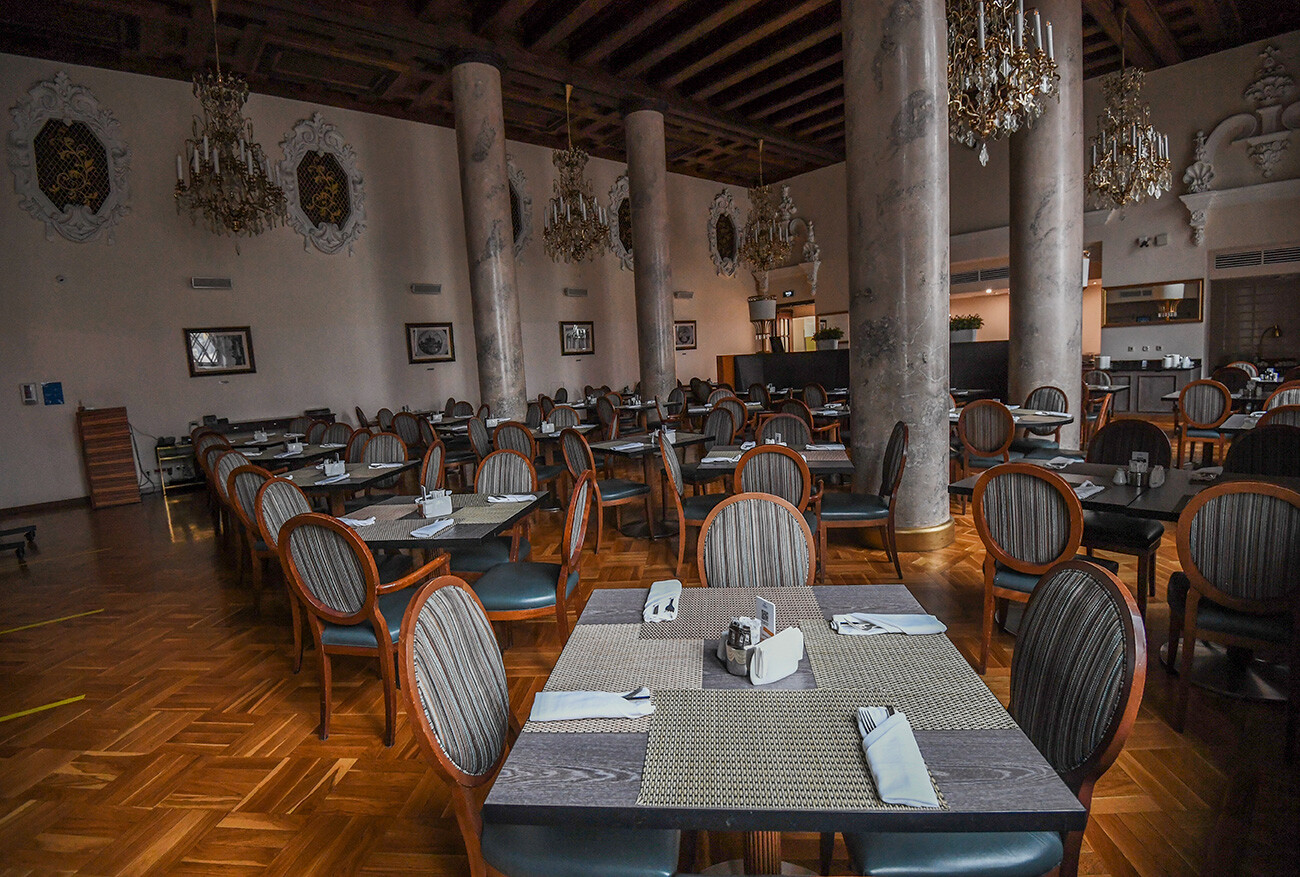
Nikita Khrushchev, who replaced Stalin, exhibited a universal dislike of the ‘Seven Sisters’, viewing them as a symbol of extravagance and pomp. Khruschev was a much bigger fan of low-rise construction: Russia has always had the space, so why save on it, when “cheap and simple” was the way to go? His ‘khruschevkas’ were certainly cheap, being simple panel residential buildings: they came to symbolize the functionalism of the 1960s.

However, in the case of the ‘Leningradskaya Hotel’, emotions ran even higher. The building turned out to be very expensive - and, yet, the blame was placed not on Stalin and his ambitions for constructing impossible projects on questionable soil and swamps. Instead, it was the architects that took the brunt of the criticism.
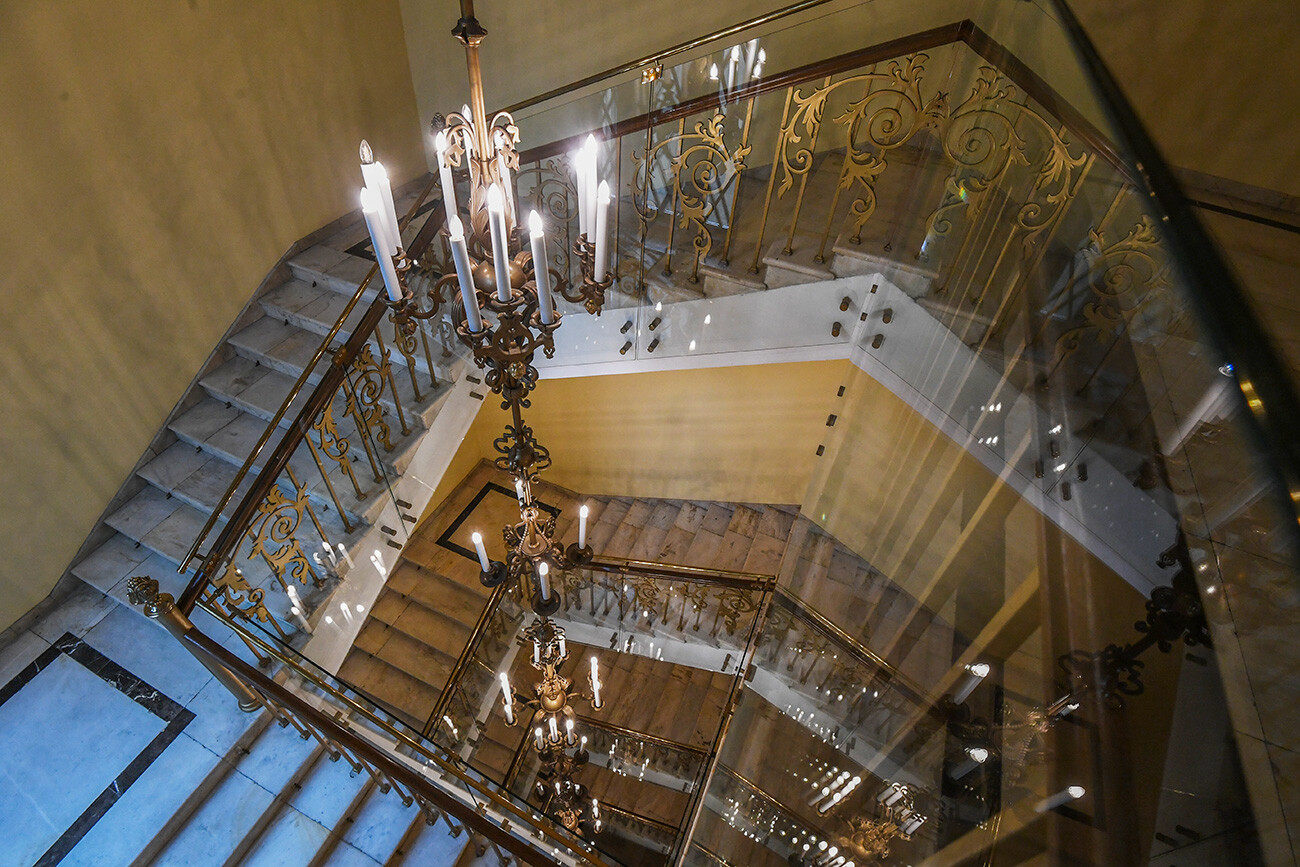
In order to keep the hotel from sinking, due to the two rivers running underneath it, its foundation was specially reinforced with 39 kilograms of cast iron per 1 cubic meter - a third more than was used for the rest of the ‘Seven Sisters’. Khruschev was so angered by this that he deprived the two architects of the Stalin Prize, with Leonid Polyakov even being fired from his position at the state-run ‘Mosproekt’ construction bureau, leading the man’s health to deteriorate as a result: his illness would be protracted and severe.
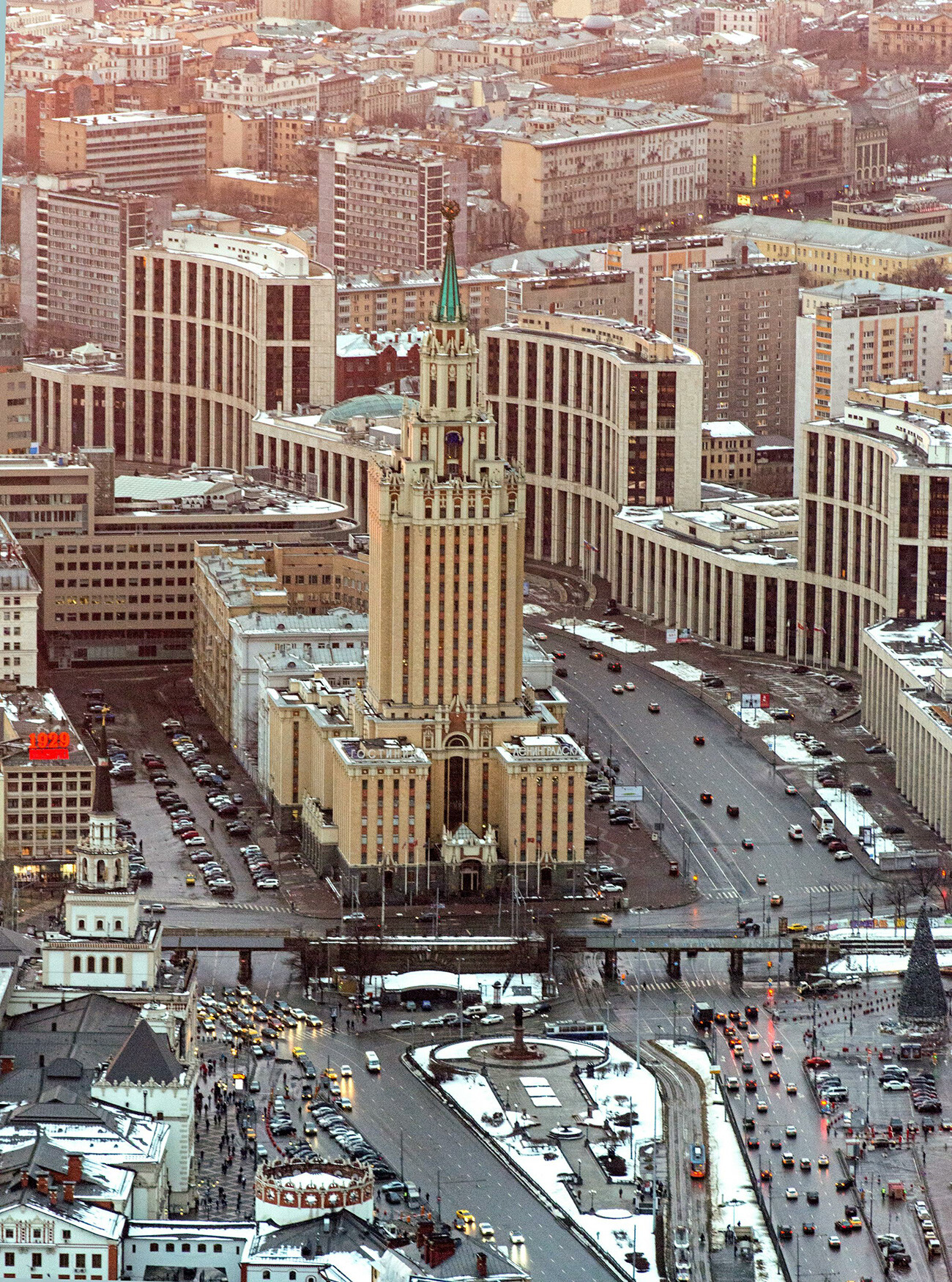
That reputation would follow the hotel throughout the 1960s. Only in 1978 would the ‘Leningradskaya Hotel’ gain its status as an object of cultural heritage.
If using any of Russia Beyond's content, partly or in full, always provide an active hyperlink to the original material.
Subscribe
to our newsletter!
Get the week's best stories straight to your inbox